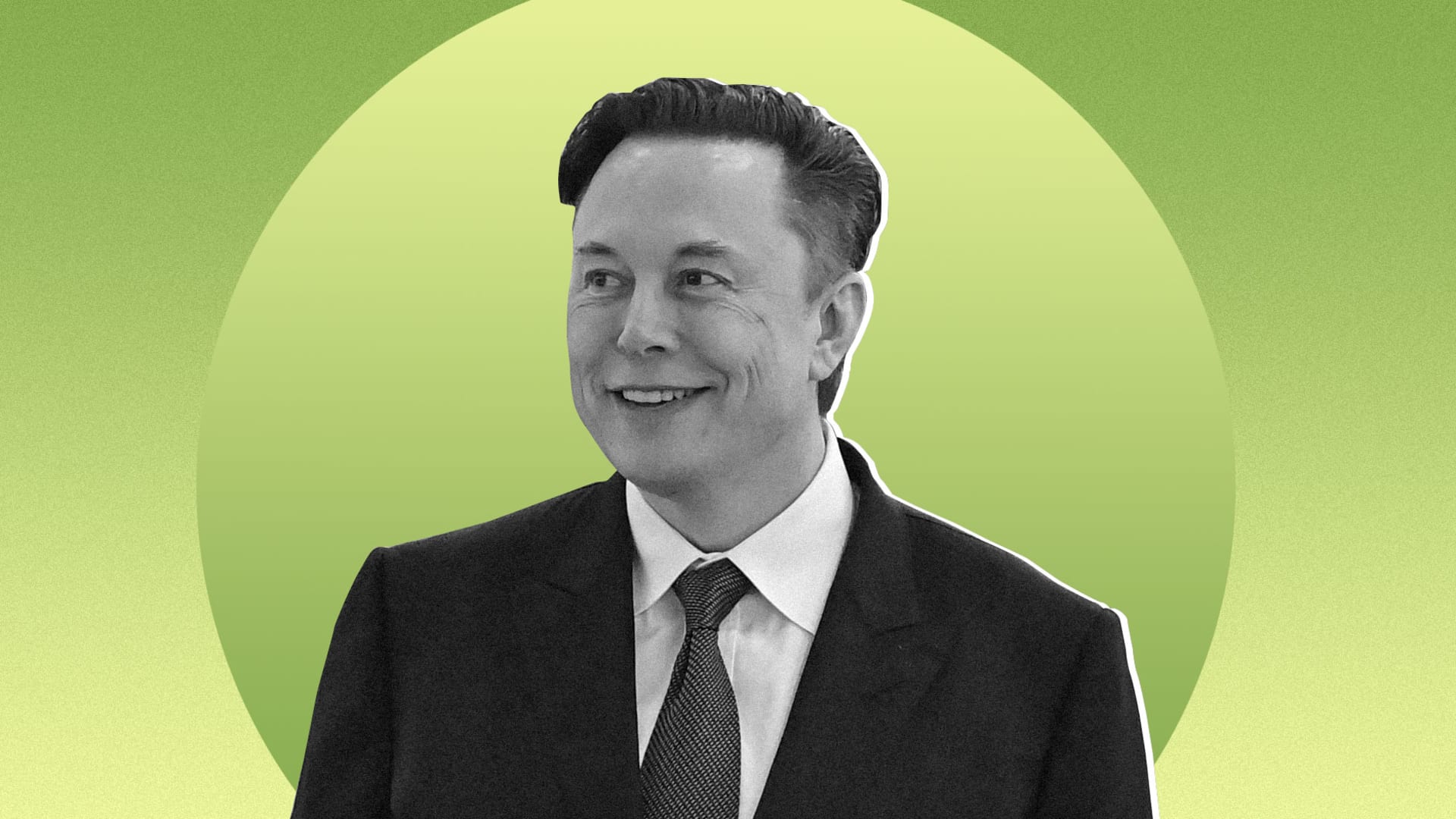READ STORY ORIGINALLY PUBLISHED AT INC.COM
Elon Musk is revered as one of history’s greatest innovators. But what makes him so brilliant is that his genius is rooted not in an abstract complexity, but straightforward simplicity.
It’s this ability that enables him to seemingly turn any wild idea he pursues into a wildly successful business. But that’s because he doesn’t pursue every idea or innovation that comes to mind. Rather, he fields them using his simple “innovation equation” to determine if they are indeed worth pursuing. It’s a crucial step many entrepreneurs overlook, leading them into a blind pursuit of something that might be great, but not great for them.
In an interview with Lex Fridman, an A.I. researcher at MIT, Musk calls Dan Carlin’s Hardcore History the “greatest podcast ever.” He goes on to discuss the pursuit of innovation, and in doing so he reveals the core of his decision-making process and his innovation equation.
According to Musk, “What matters is the pace of innovation, access to resources, and raw materials.” In other words, entrepreneurs can quickly and easily gauge whether they have what it takes to turn their wild idea into reality using this simple equation.
It breaks down into three basic questions:
- How long will it take you to build?
- Do you have access to the right resources?
- Can you obtain the required raw materials?
For any entrepreneur, this is a critical step in the pursuit of a startup. Not only can it save you a great deal of time, money, and energy, but it also answers one of the notorious questions that investors ask founders: Why should you be the one to start this business and does your team have what it takes to do so successfully? It’s part of the “Founder’s Dilemma” — something for which Musk has discovered a solution.
1. Pace of innovation
Time matters, though it’s not necessarily that you need to be able to build it the fastest. But you do need to be able to innovate in a timely manner. Especially when those looking to innovate are typically those looking to innovate quickly and stay ahead of the competition. In many instances, it can be something of a race, and with immense competition across just about every field, being at the head of the pack can help you be successful.
So the question is, how long will it take you to build? And is this within the timeframe you believe it needs to be within, in order to achieve your goals?
2. Access to resources
With the right pace, you also need access to the right resources. This is because resources indicate your ability to innovate. Without them, an idea is simply just an idea, and pursuing something without the necessary resources will cause you to spend more time pursuing resources than innovating.
Ask yourself if you have the resources at hand (or within reach), from the right network to the right people, to be able to innovate the way you plan to.
3. Raw materials
Lastly, you need to have the physical resources, or raw materials, available to be able to innovate. Raw materials are often something that holds startups back in terms of speed. But trouble sourcing raw materials can also be to the detriment of a startup that depends on them.
For example, at Tesla this means not only having the people who can innovate but the scarce and difficult-to-source materials (e.g., graphite) that are required to do so. It won’t matter if you have a genius idea and a brilliant team to back it, if you don’t have access to the materials required to make your innovation a reality.
Next time you’re thinking about the viability of an idea, consider Musk’s innovation equation: time plus people plus materials equals the ability to innovate. By applying this simple three-variable equation, you will effectively launch like Elon Musk. You will be able to more quickly and easily field ideas and invest in the ones that you are best suited for. In return, you will more efficiently find the most viable ideas, and those that are best positioned for success. In other words, you will choose the right startup idea.

